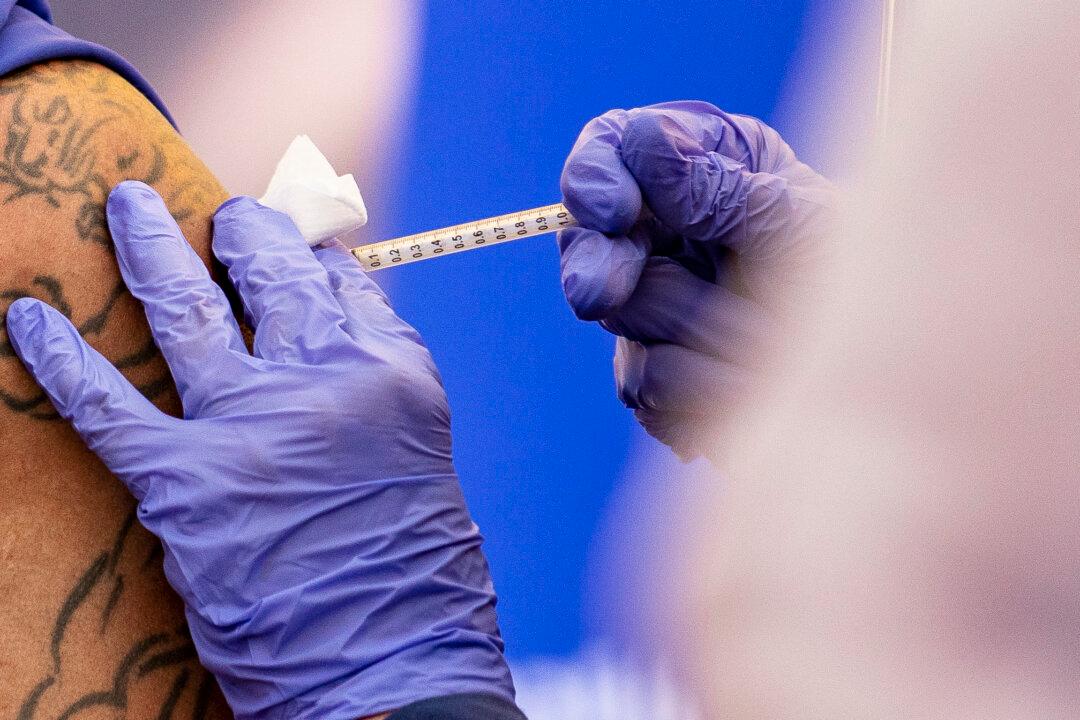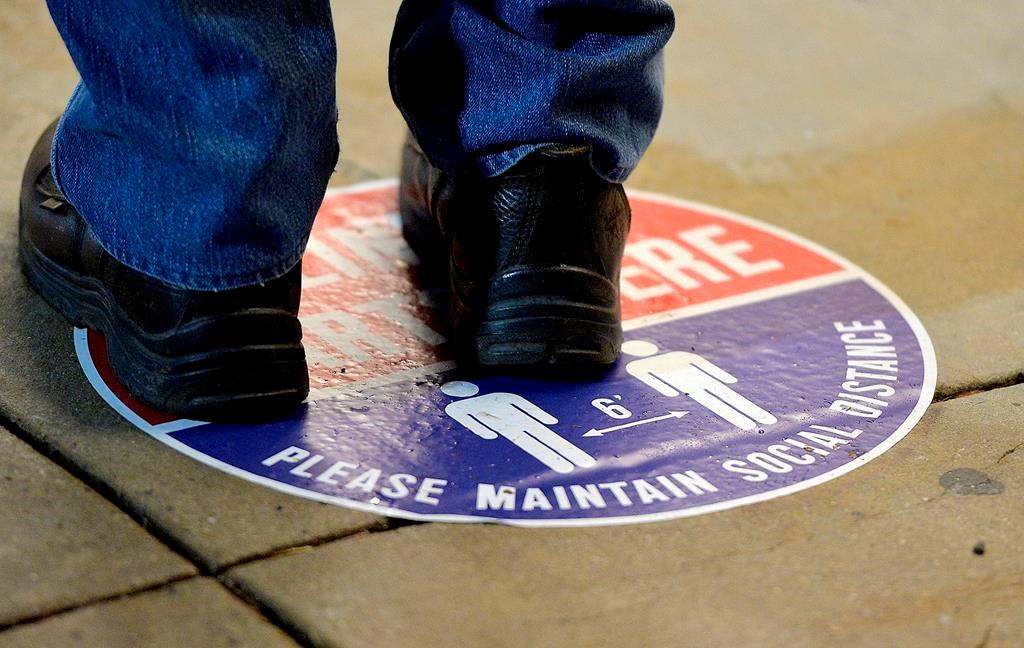Commentary
Americans are a freedom-loving lot. It is our founding ethos and we have defended it across the world on numerous occasions. At the same time, we have a strong tradition of social altruism and dedication to the common good, especially in times of crisis.






